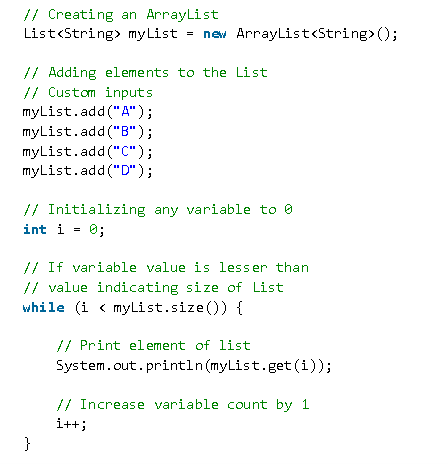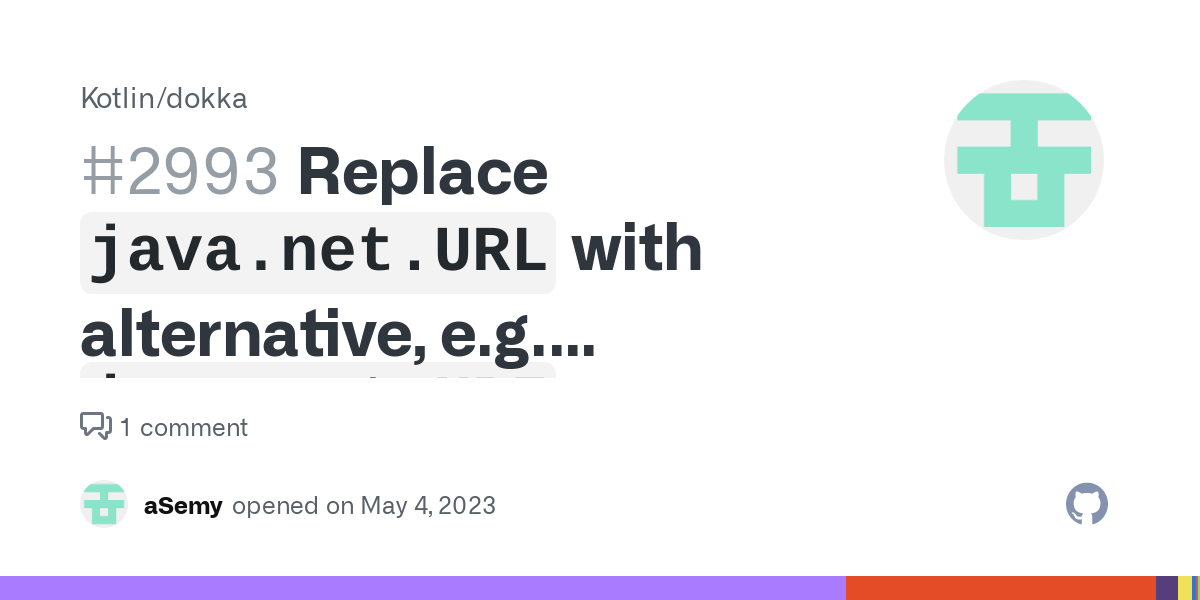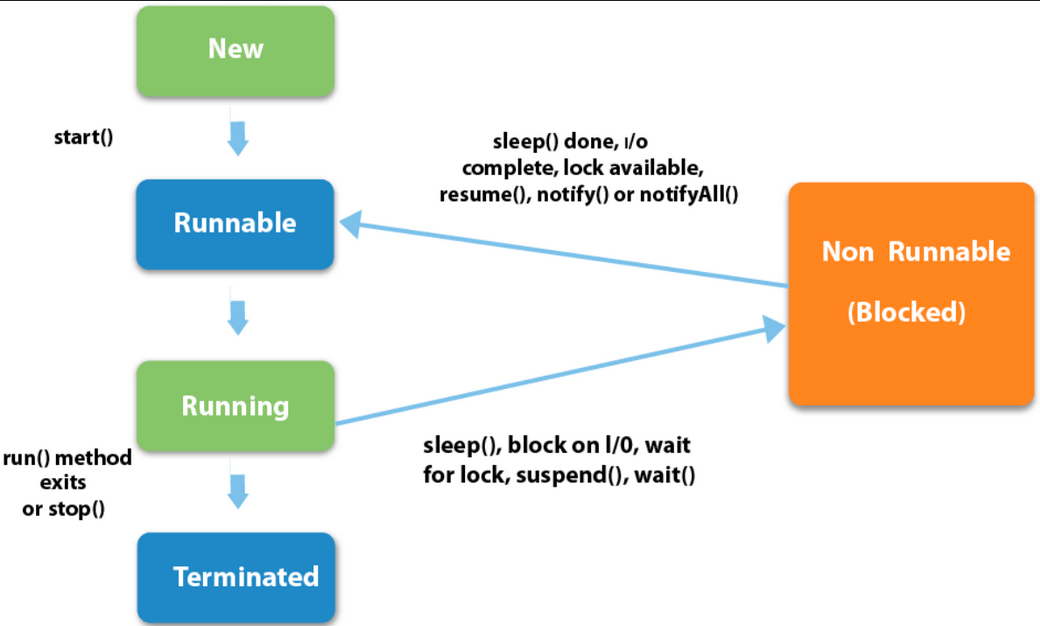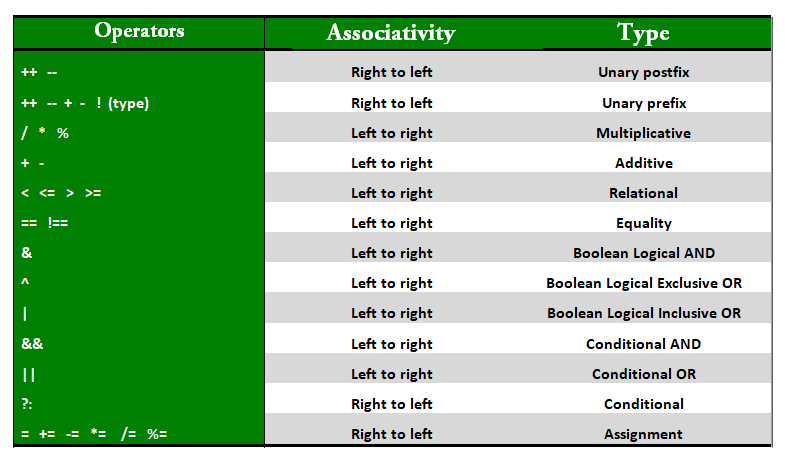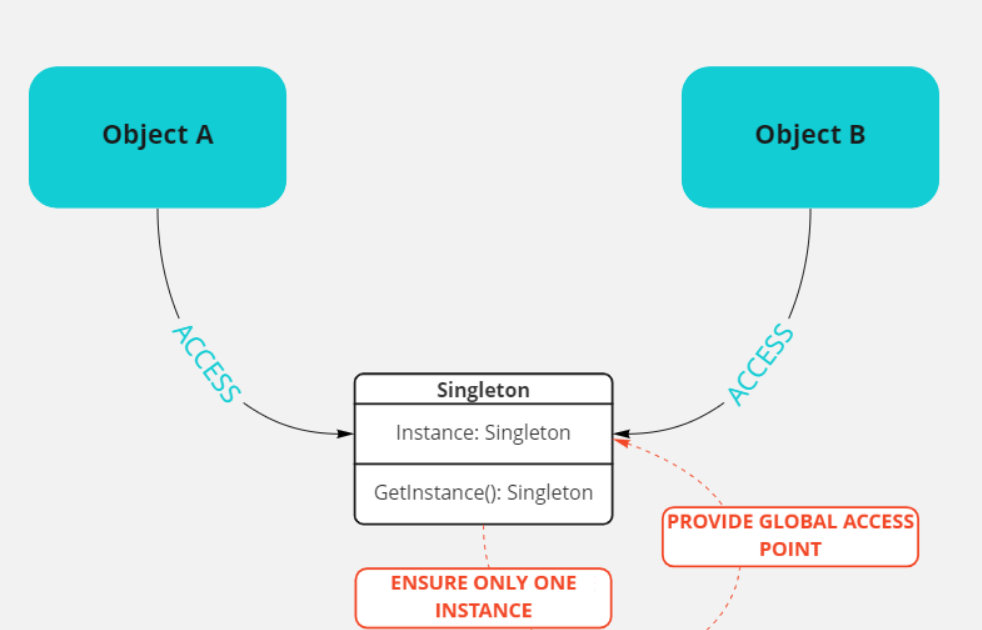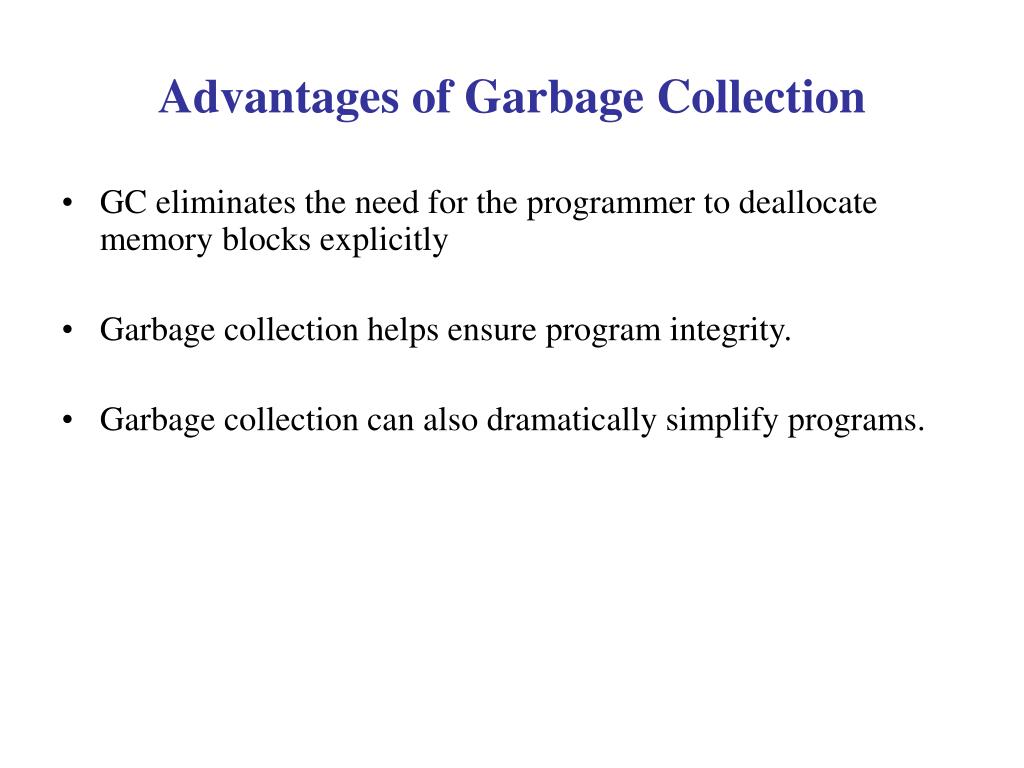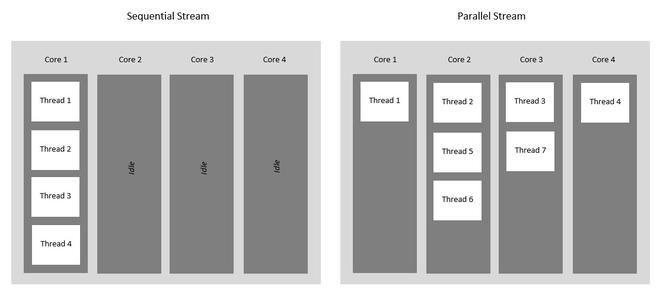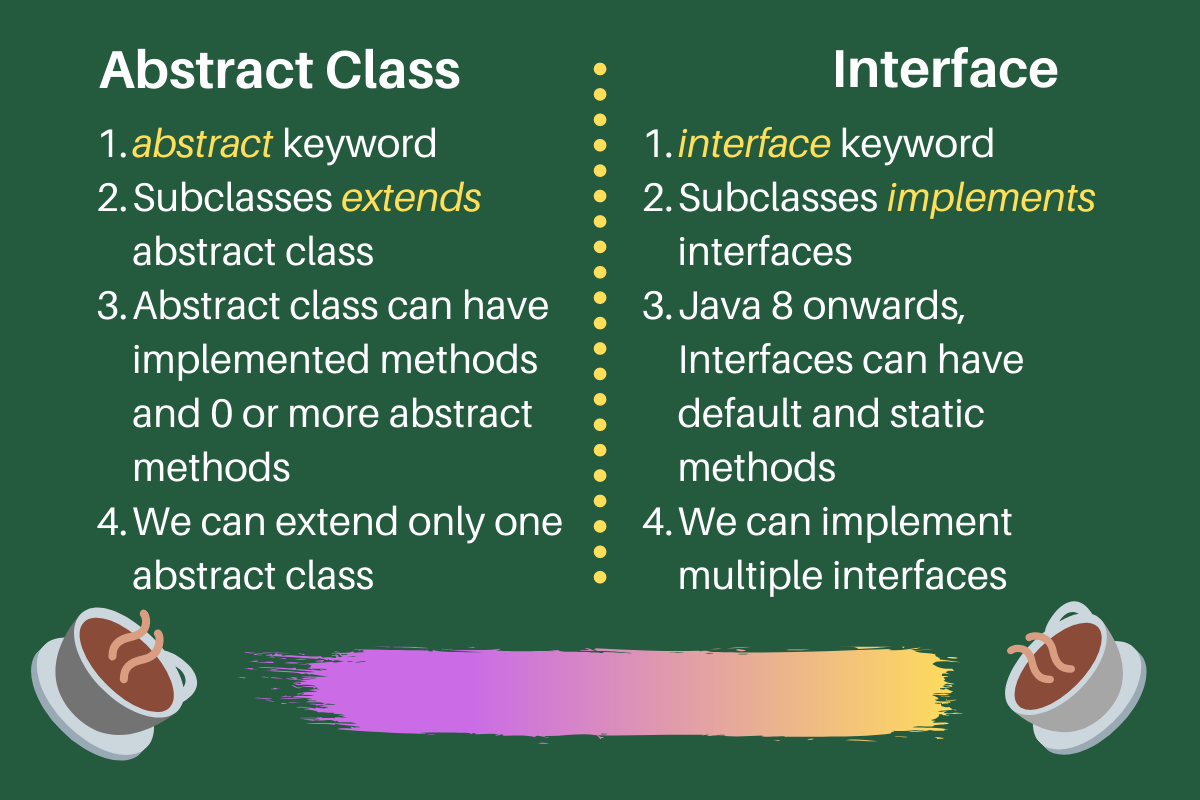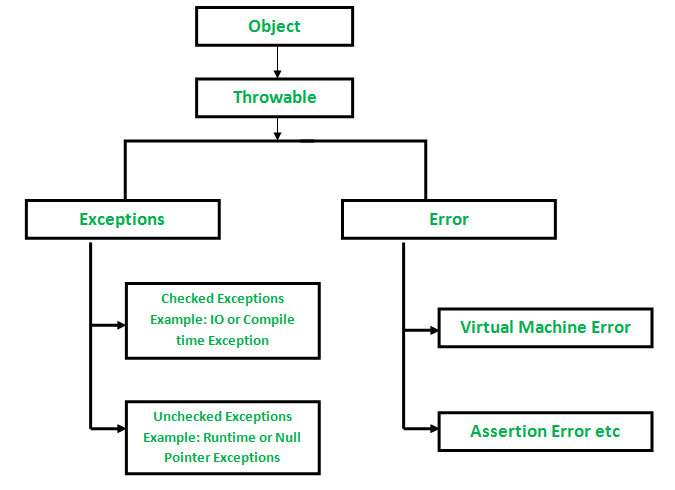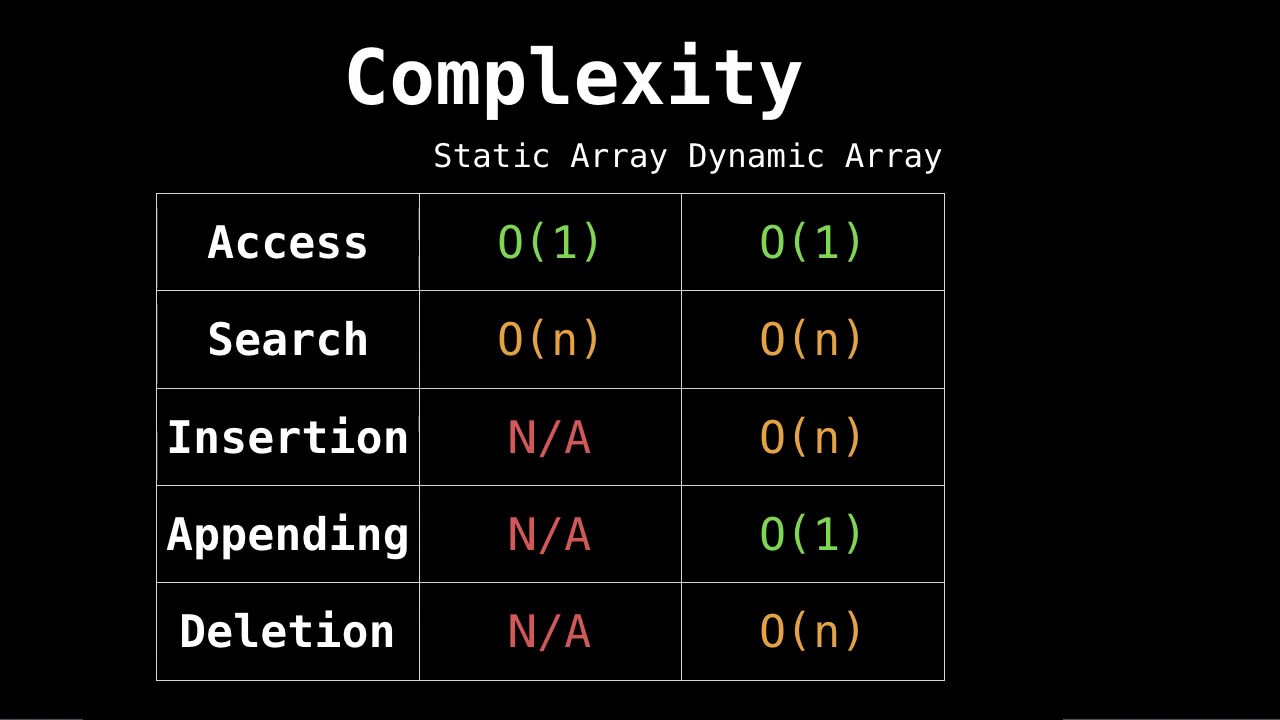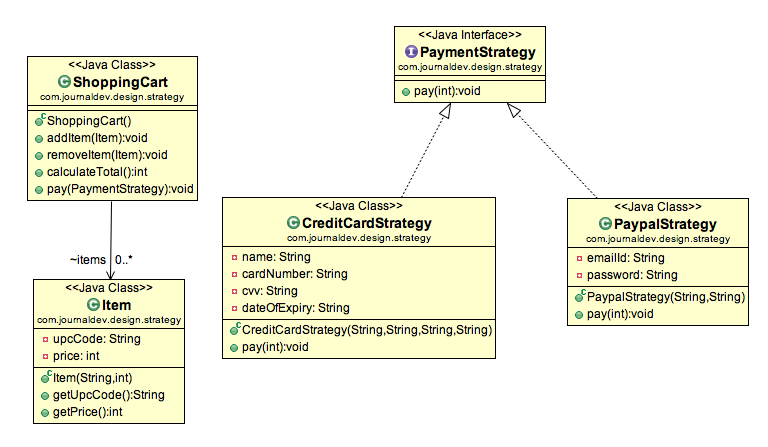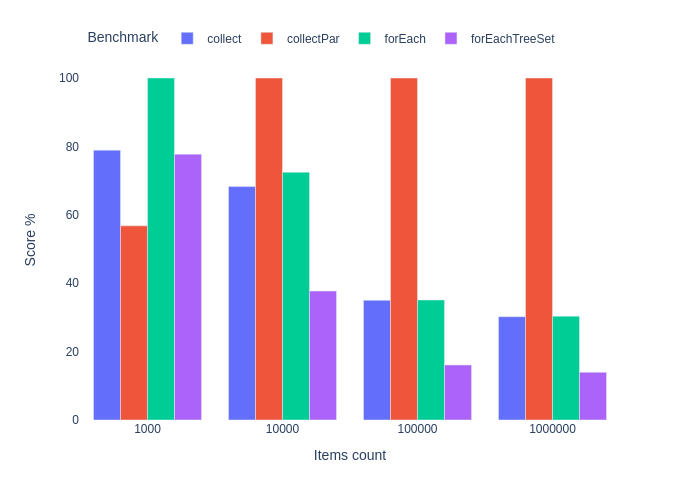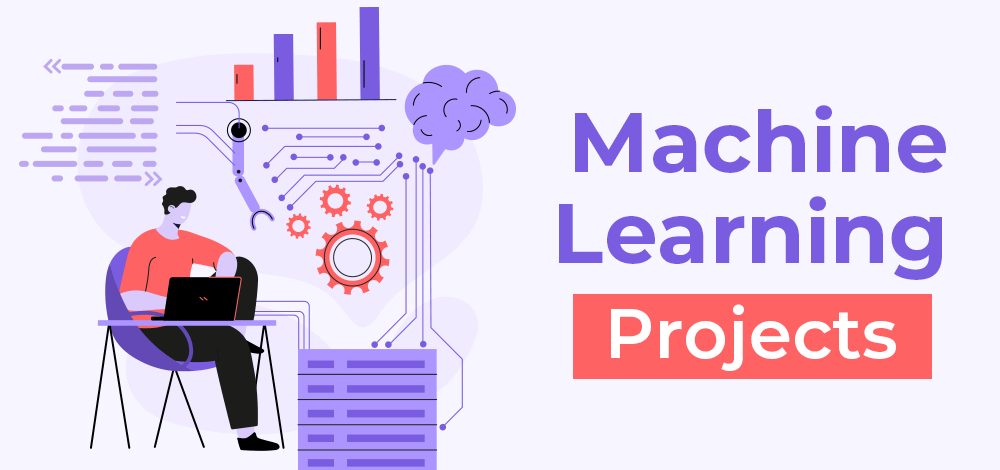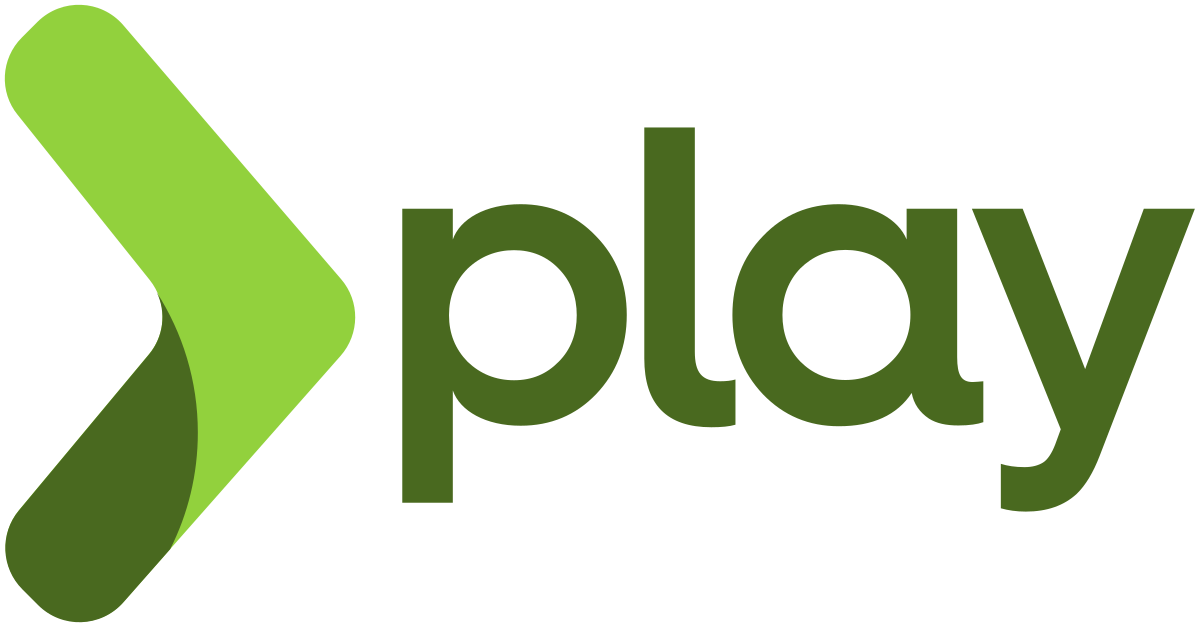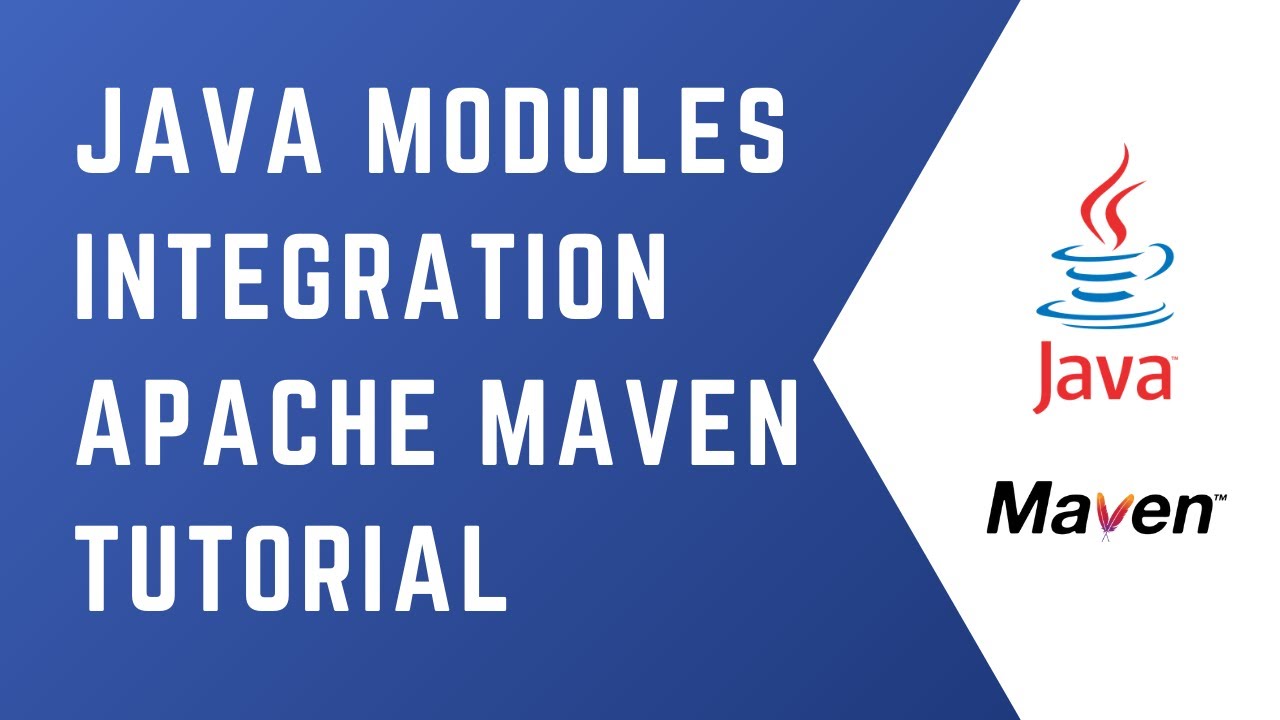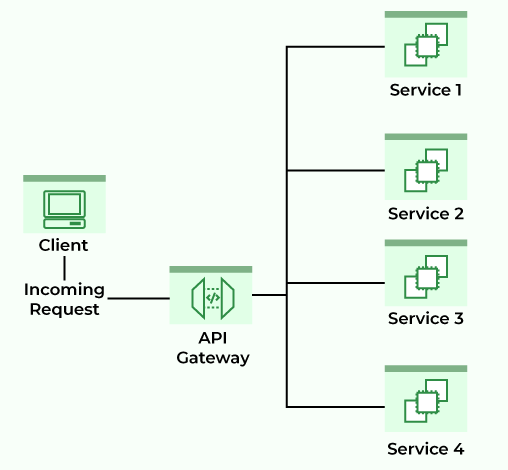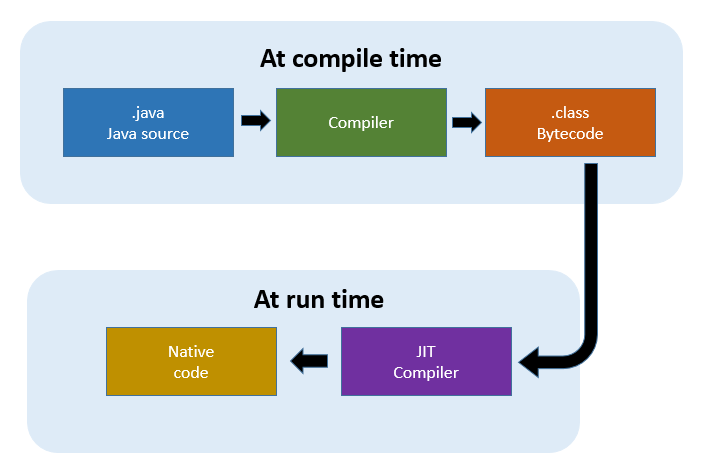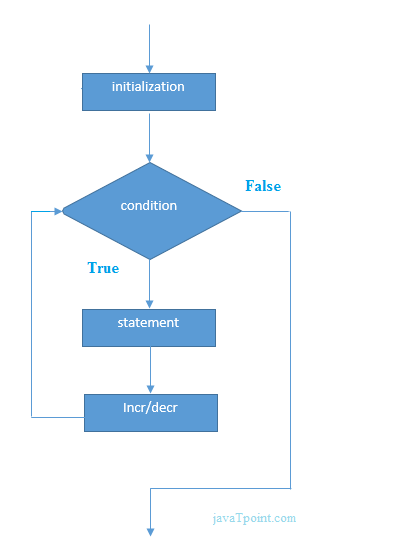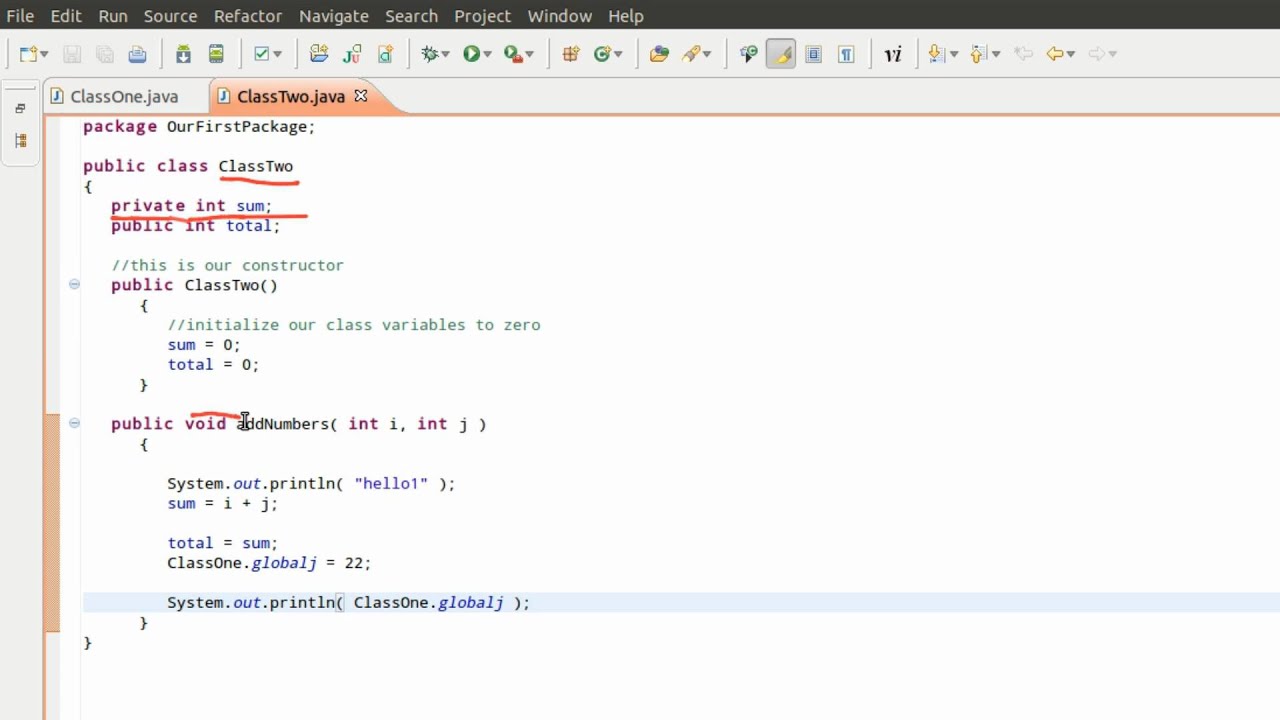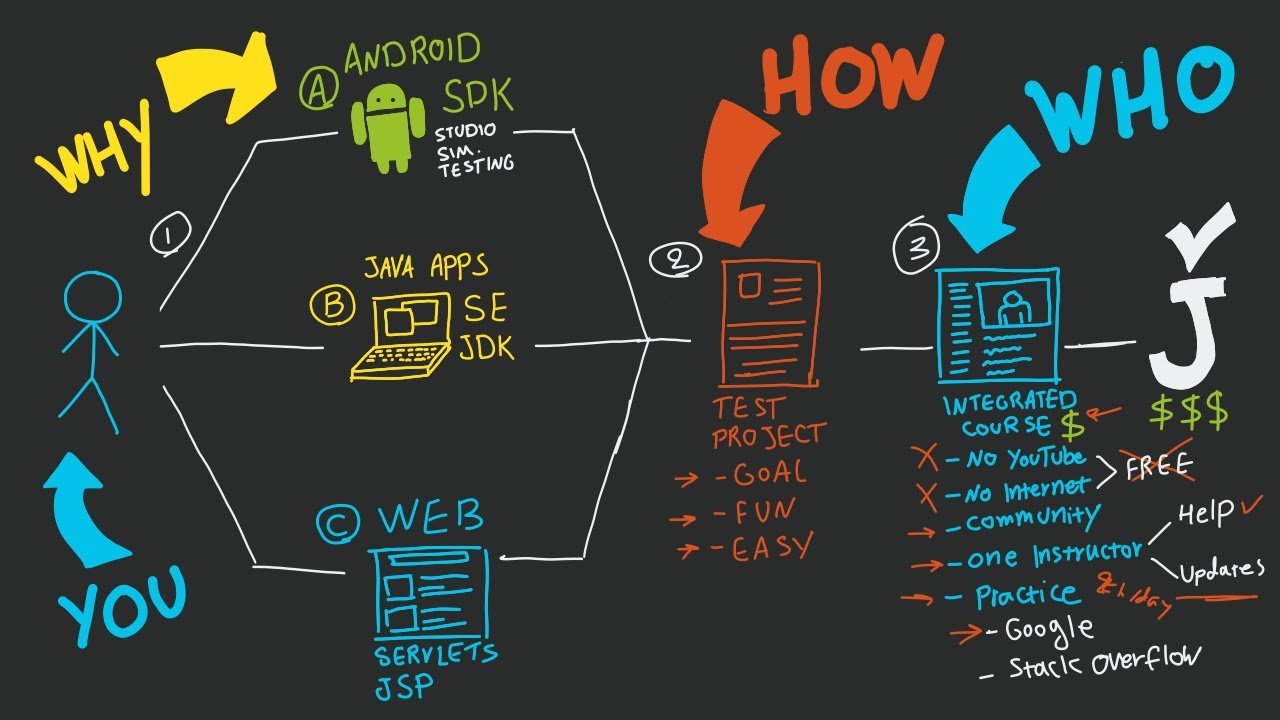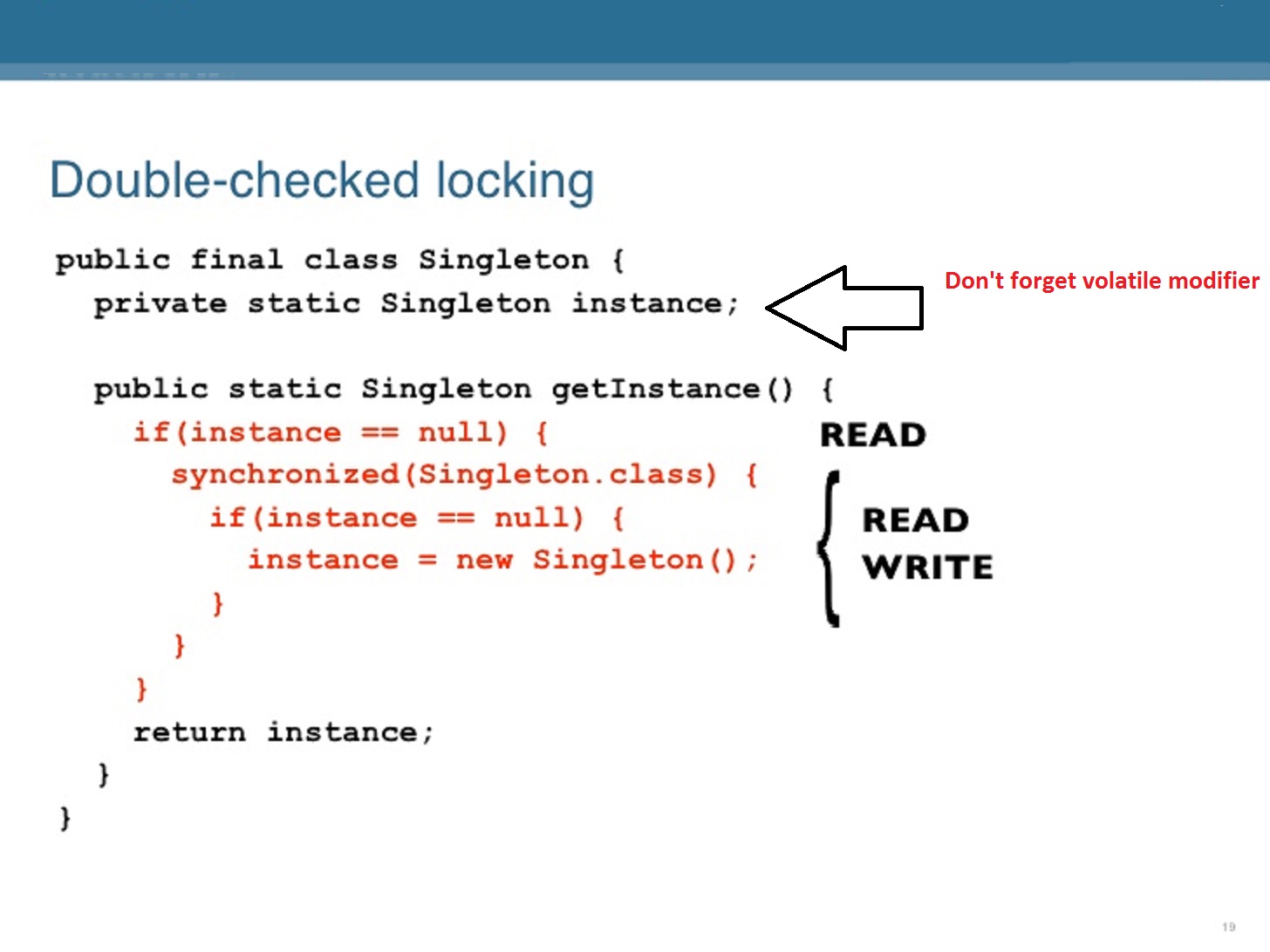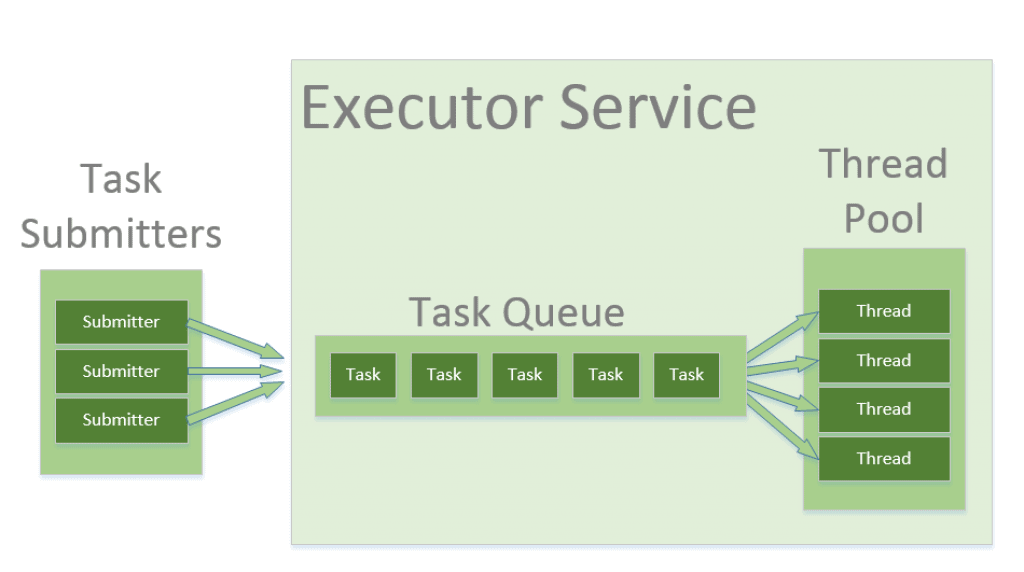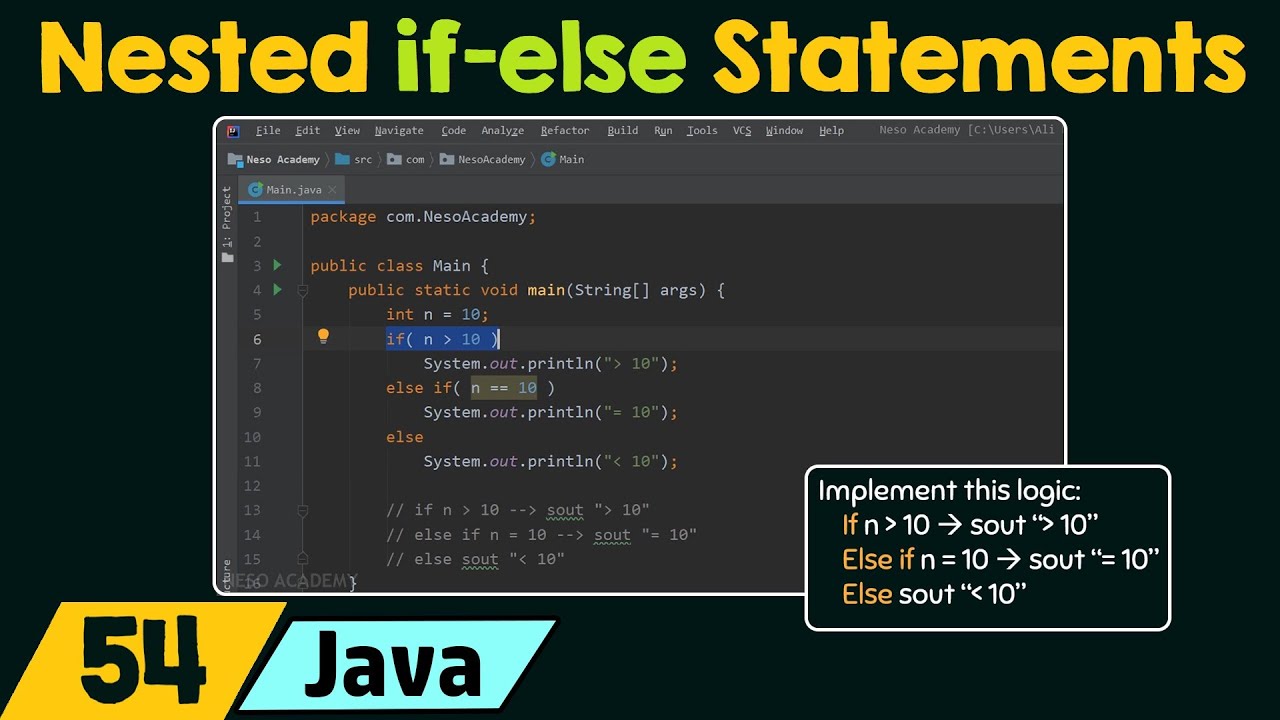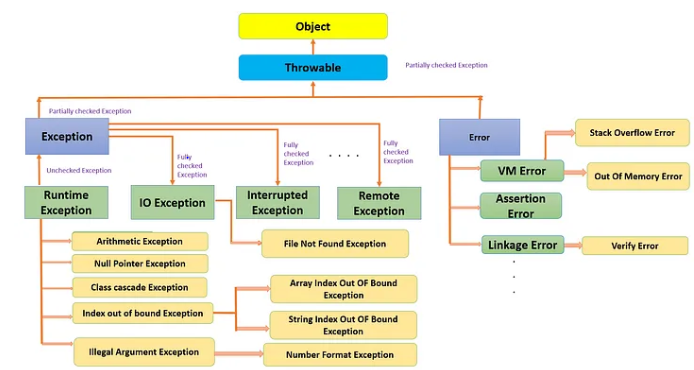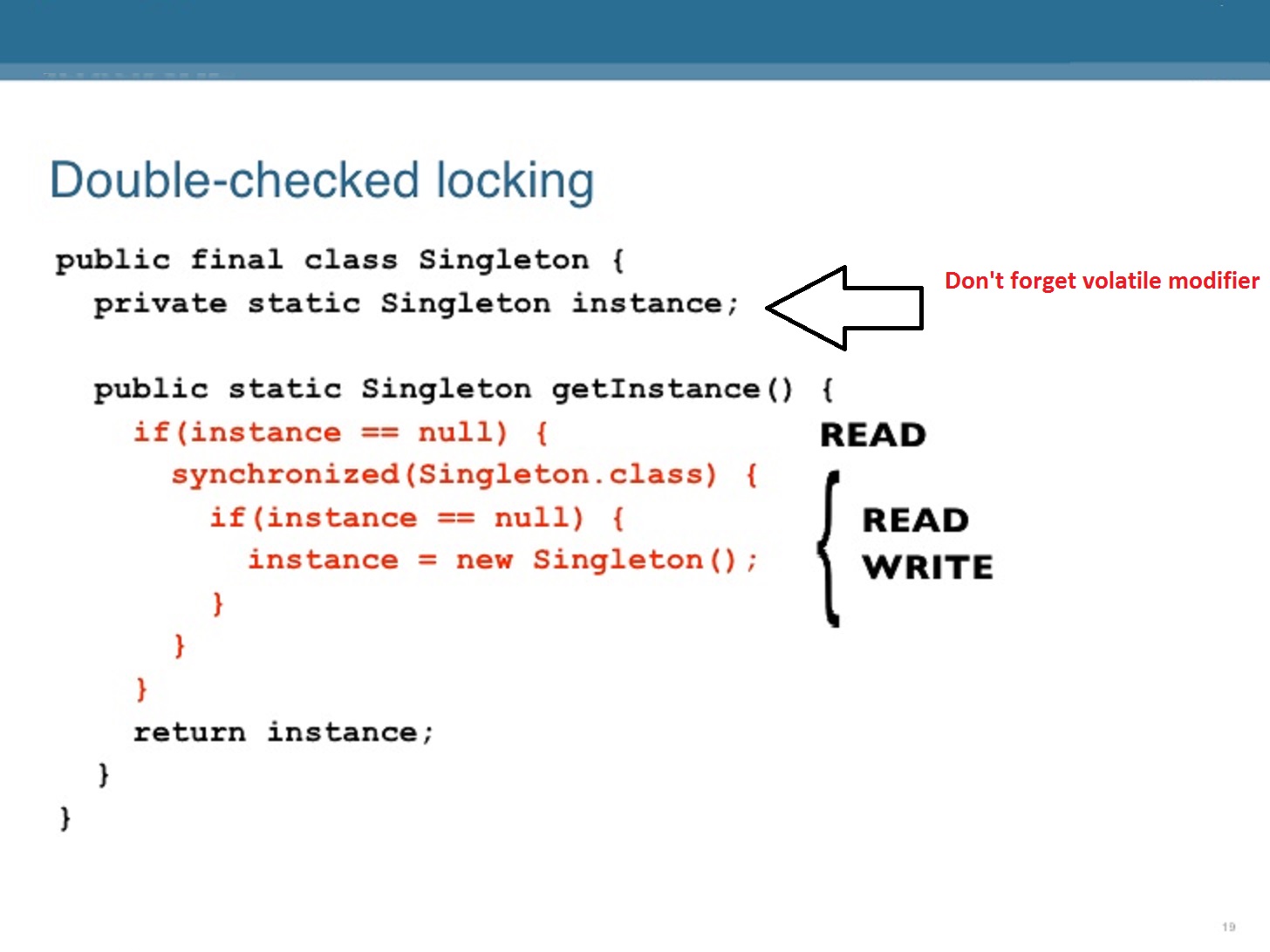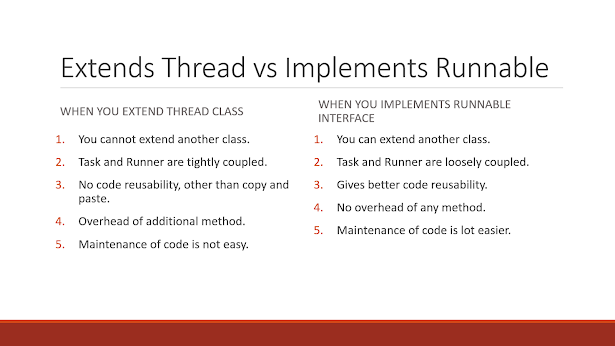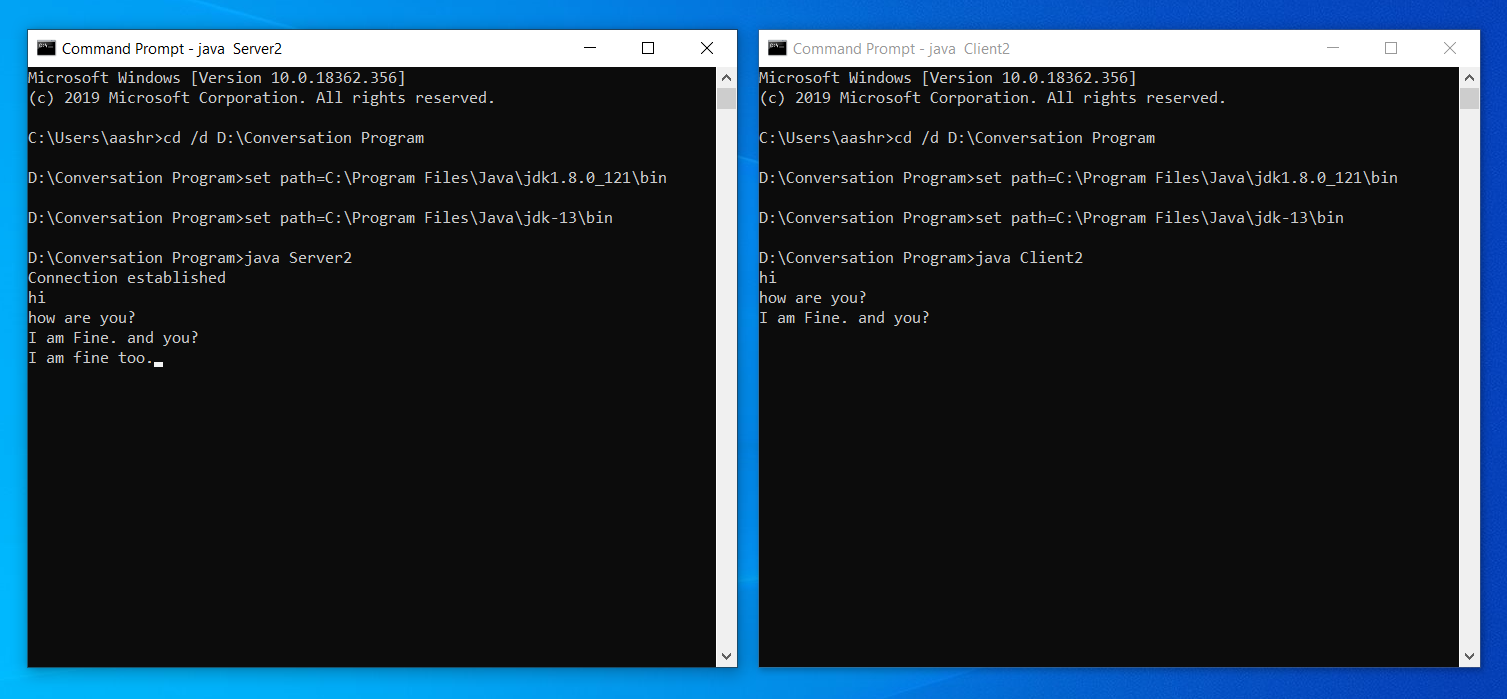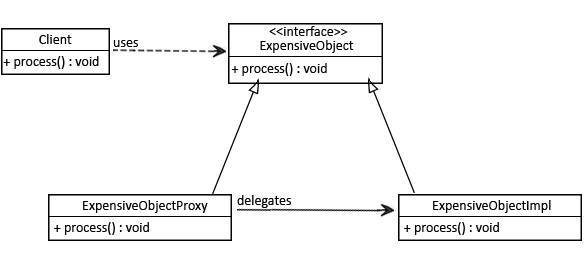Java mongodb spring boot example
Java mongodb spring boot example
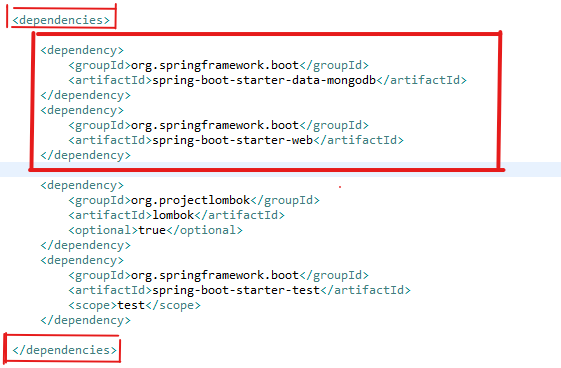
Here is an example of how to use MongoDB with Spring Boot and Java:
Step 1: Add dependencies
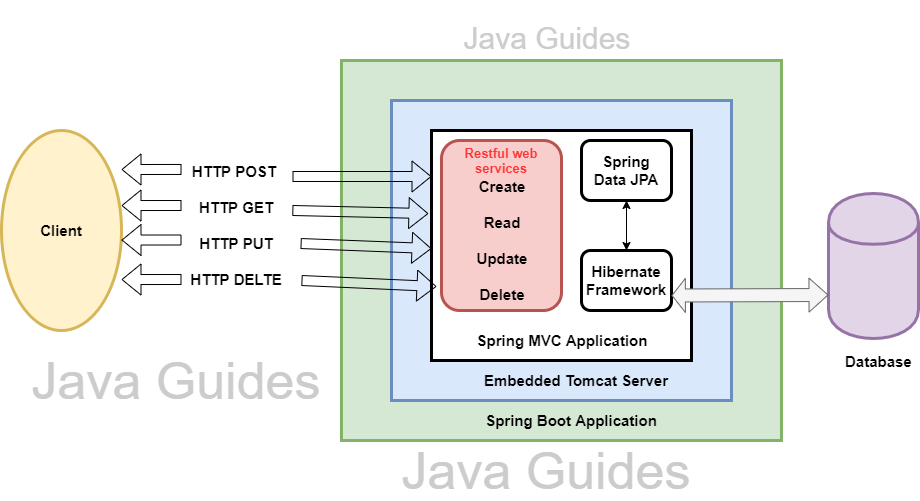
To start, you need to add the necessary dependencies to your pom.xml file (if you're using Maven) or build.gradle file (if you're using Gradle):
Maven:
org.springframework.boot
spring-boot-starter-data-mongodb
Gradle:
dependencies {
implementation 'org.springframework.boot:spring-boot-starter-data-mongodb'
// Other dependencies as needed
}
Step 2: Configure MongoDB
Next, you need to configure your Spring Boot application to connect to your MongoDB database. You can do this by creating a application.properties file and adding the following properties:
spring:
data:
mongodb:
uri: mongodb://localhost:27017/
database: mydatabase
Step 3: Define a Repository
Now, let's define a repository interface that extends MongoRepository. This will allow us to interact with our MongoDB collection.
public interface MyRepository extends MongoRepository {
List findByName(String name);
}
Step 4: Create an Entity
Next, create an entity class (User in this example) that corresponds to your MongoDB document:
@Document(collection = "users")
public class User {
@Id
private String id;
private String name;
// getters and setters
}
Step 5: Create a Service
Create a service class (UserService in this example) that uses the repository to interact with your MongoDB collection:
@Service
public class UserService {
@Autowired
private MyRepository repository;
public List findAllUsers() {
return repository.findAll();
}
public User findUser(String name) {
return repository.findByName(name);
}
}
Step 6: Use the Service
Finally, you can use the UserService in your Spring Boot application to interact with your MongoDB collection:
@RestController
public class MyController {
@Autowired
private UserService userService;
@GetMapping("/users")
public List getUsers() {
return userService.findAllUsers();
}
@GetMapping("/user/{name}")
public User getUser(@PathVariable String name) {
return userService.findUser(name);
}
}
That's it! This example demonstrates how to use MongoDB with Spring Boot and Java. You can modify this example to suit your specific needs and requirements.
Note: Make sure you have the correct dependencies and configurations in place, as well as the necessary database setup (e.g., creating a user and database on your MongoDB instance).
Can Java connect to MongoDB?
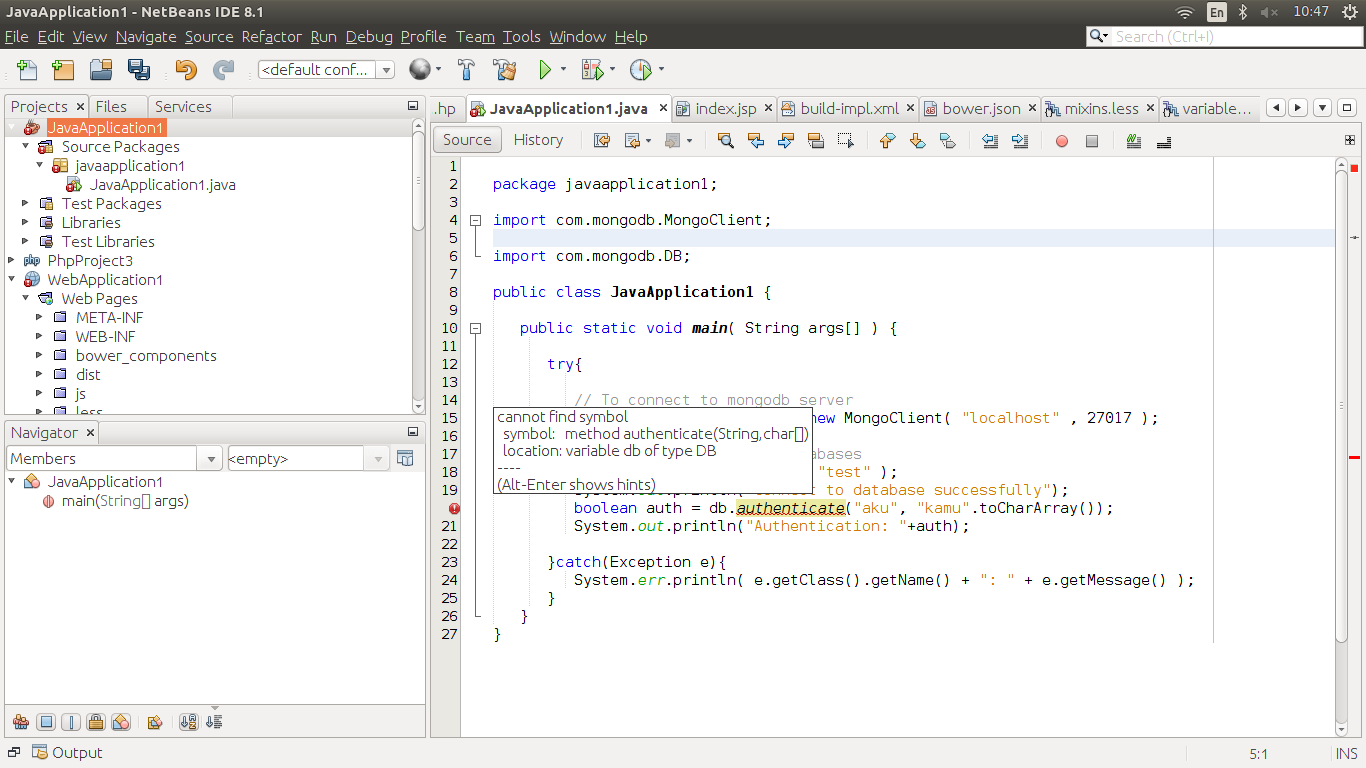
Java can indeed connect to MongoDB, and it is a common practice to use the two technologies together.
To connect to MongoDB from a Java application, you'll need to use a MongoDB driver or client library that supports the Java programming language. There are several options available, including:
MongoDB Java Driver: This is an official MongoDB driver that provides a Java API for working with MongoDB databases. The driver supports various features such as CRUD (Create, Read, Update, Delete) operations, queries, and transactions. Morphia: Morphia is a popular ORM (Object-Relational Mapping) framework that allows you to interact with MongoDB using standard Java objects. It provides a simple way to define mappings between your Java classes and MongoDB collections. MongoDB Connector for Java: This is another official MongoDB driver that provides a Java API for working with MongoDB databases. It supports features such as CRUD operations, queries, and transactions, and is designed for use in large-scale applications.To get started with using Java to connect to MongoDB, you'll need to:
Add the required dependencies to your Java project's build file (e.g., Maven or Gradle). For example, if you're using the MongoDB Java Driver, you would add the following dependency to your Maven pom.xml file:
org.mongodb
mongodb-java-driver
3.12.9
MongoClient object and use its getDatabase() method to retrieve a reference to the desired database:
MongoClient client = new MongoClient("localhost", 27017);
DB db = client.getDatabase("mydatabase");
find() method to retrieve a list of documents from a collection:
MongoCursor cursor = db.getCollection("mycollection").find().iterator();
List results = new ArrayList<>();
while (cursor.hasNext()) {
Document doc = (Document) cursor.next();
results.add(doc);
}
In summary, Java can definitely connect to MongoDB using various driver and client library options. By following the steps outlined above, you can build a robust and scalable application that leverages the strengths of both technologies.
Would you like me to elaborate on any specific aspect of using Java with MongoDB?
